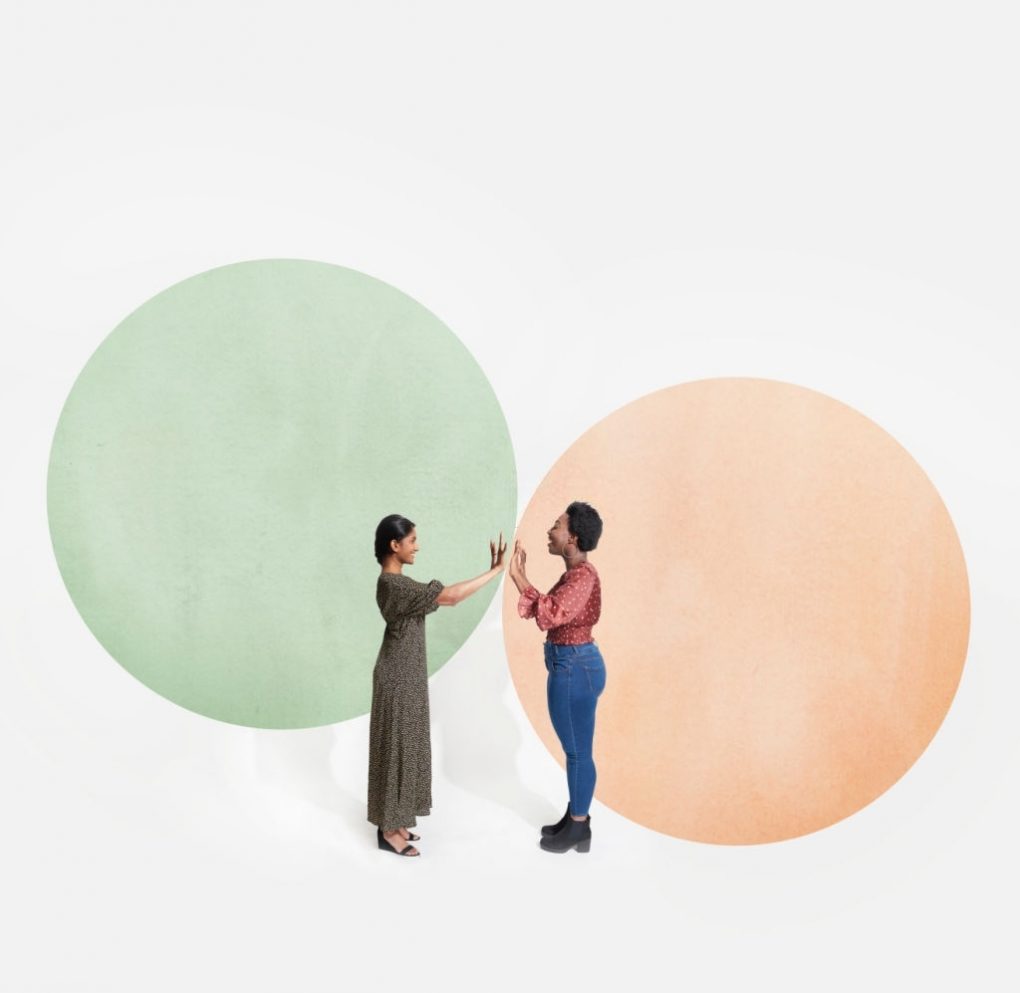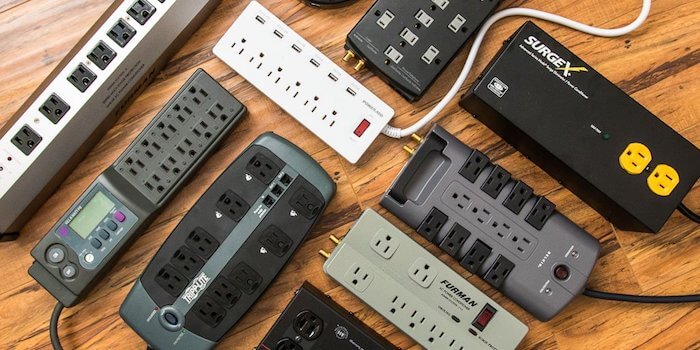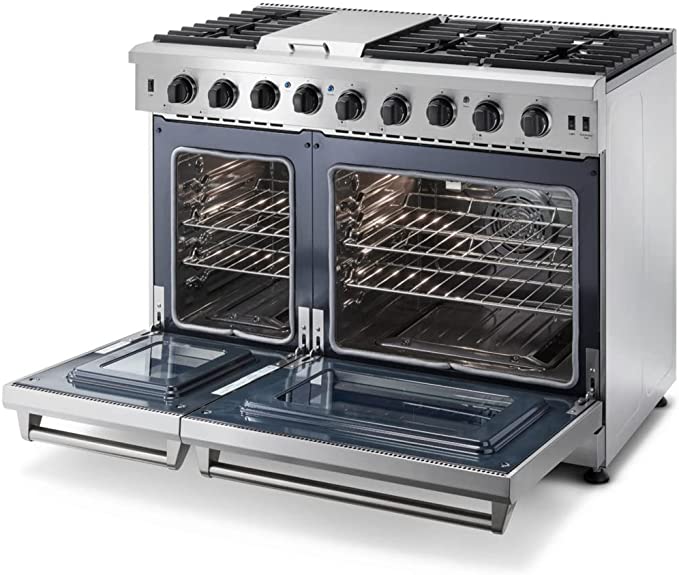How Do You Say Good Afternoon in Spanish
Good afternoon in spanish is translated as buenas tardes and it literally means good afternoons.
As you can see, the word for afternoon (tardes) is very similar to the English equivalent of “good” (bueno).
Unfortunately, there’s no such thing as a word that directly equates to “afternoon” in the English language.
So, there are several other words you could use to express this idea in Spanish:
Afternoon (Spanish) = tarde(s)
Evening (Spanish) = noche(s)
Midday (Spanish) = mediodía(s)
Just like other languages, Spanish also uses different prepositions to denote time.
Here are some common examples:
on = en
at = en
in = en
from ___ to ___ = de ____ a ____
before/after = antes/después de hacer algo

Before going into the actual rules, there are two key things you should remember regarding prepositions in Spanish:
1) A single object takes the preposition “a.” For example, “I’m going to the mall” would be voy al centro comercial. And even though you might use multiple objects (“the store,” “the bank,” etc.), they all take on the marker “a.” That’s why “my house” is mi casa, not mi casa y la tienda.
2) The preposition “de” covers the concepts of “from,” “of,” or “about.” For example, if you said that you are translating this article from English to Spanish, it would be traduciendo esta página del inglés al español. It’s also used to denote who you’re giving something to, as in these examples:
I’m giving it to them = Se lo estoy dando a ellos (dándolo)
She’s writing her mother = Ella está escribiendo a su mamá (escribiéndosela a su mamá)
Once you get used to them, these rules will become second nature. Now, let’s move on to nouns, which are slightly trickier. Here are the three main types of articles in Spanish:
Definite = el/la/los/las
Indefinite = un/una/unos/unas
Neutral = lo/la/los/las
You might have noticed the words “el” and “la.” They are actually abbreviated versions of “the.” For example, la tienda is short for la tienda de comestibles (“the grocery store”).
If something is masculine (el), you use “un.” If it’s feminine (la), you use “una.”
There are some exceptions to this rule, most notably when the item in question starts with an ñ. For example, un peñón is short for un peñón de Gibraltar (“a rock of Gibraltar”). The masculine word for rock (peñón) starts with ñ, so this phrase uses the feminine article “una” to denote that it’s a rock.
You may also see unos before a masculine plural noun and unas before a feminine plural noun; for example, unos peñascos is used instead of un peñones when speaking of multiple rocks.

Lastly, you can use “lo” and “la” in place of the definite articles, but only when referring to abstract concepts:
the art = el arte (but use un arte for a collection)
the weather = la temperatura (but use una temperatura for describing the current conditions)
the difference = la diferencia (but use una diferencia for comparing two things)
There are no articles in Spanish when talking about someone’s profession, as in these examples:
She’s a teacher = Ella es profesora.
Teachers = Los/Las profesores/las.
That’s all you need to know about Spanish articles! Just make sure to practice your vocabulary and grammar, and before long your new language skills will be second nature.
I’m going to the mall = Voy al centro comercial.
The store = El tienda.
At night = De noche.
Before playing the game = Antes de jugar el juego.
After exercising = Después de entrenar.
From 7 PM to 9 PM = De las siete a las nueve.
She’s writing to her mother = Ella se está escribiendo a su mamá.
They’re giving it to them = Están dándoselo a ellos.
He’s reading about space = Él está leyendo sobre el espacio.
It’s not working on my computer = No funciona en mi computadora.
What are you reading? = ué estás leyendo?
I’m reading the newspaper = Estoy leyendo el periódico.

The newspaper is interesting = El periódico es interesante.
A rock of Gibraltar = Un peñón de Gibraltar.
The difference between these two is that ____ = La diferencia entre estos dos es que ____.
Many things are seen at sunset = Muchas cosas se ven al atardecer.
Lo siento, no hablo español.
I’m sorry, I don’t speak Spanish.
Enseño matemáticas y lengua en el colegio Washington Irving de Nueva York.
I teach math and language at the Washington Irving School in New York.
Un aula con ventanas al canal East River.
A classroom with windows facing the East River.
Tenemos muchas clases a la semana: izquierda y derecha política, ciencias sociales, historia mundial y religión judía en el primer curso; y matemáticas, literatura inglesa, ética y ciencias sociales en el segundo año.
We have a lot of classes every week: political left and right, social sciences, world history and Judaism in the first year; and math, English literature, ethics and social sciences in the second year.
Posición vertical, izquierda y derecha, horizontales.
Vertical position, left and right, horizontals.
I’m doing the test = Estoy haciendo el examen.
He’s listening to music = Él está escuchando música.
Hearing is one of our senses = Oír es uno de nuestros sentidos.
She’s listening to the radio = Ella está escuchando la radio.
They’re playing the instruments = Están tocando los instrumentos.

Lo siento, no entiendo lo que dices.
I’m sorry, I don’t understand what you’re saying.
Lo entiendo, pero no lo hablo bien.
I understand you, but I don’t speak it well.
Te comprendo perfectamente, pero no hablamos el mismo idioma.
I understand you perfectly, but we don’t speak the same language.
ay alguien ahí?
Is there anybody out there?
Lo siento, no hablo francés.
I’m sorry, I don’t speak French.
Lo hablas muy bien. ¡Muy bien!
You’re speaking it very well! Very well!
Spanish is spoken in Mexico, Central and South America.
Lo comprendo.
I understand you.
On the other hand = Por otro lado.
However = No obstante.
Well = Bien.
First of all = En primer lugar/lugar de todos modos/primeramente.
First of all, I’d like to say ____ = Primeramente quisiera decir _____.
I’d like to thank you for everything = Quisiera agradecerte por todo.
Thank you very much = Muchas gracias.

Unfortunately = Desafortunadamente/Desgraciadamente.
Unfortunately, I have to go = Desafortunadamente, me tengo que ir.
I’m calling from the United States = Estoy llamando desde los Estados Unidos.
Just a minute/Just a second = Solo un momento/Solo un segundo.
Call me later = Llámame más tarde.
He’s going down the street = Él está bajando la calle.
She’s going up the stairs = Ella está subiendo las escaleras.
Down there/over there = Allí abajo/allí arriba/allí.
That’s where the office is = Ahí es donde está la oficina.
The store is on the other side = La tienda está en el otro lado.
Just a moment/Just a sec = Solo un momento/Solo un segundo.
I don’t understand = No comprendo.
ómo está Ud.?
How are you?
I’m fine, thanks = Estoy bien, gracias.
All right/Good night/Alright? ien?
Well, I have to go ____ = Bueno, me






